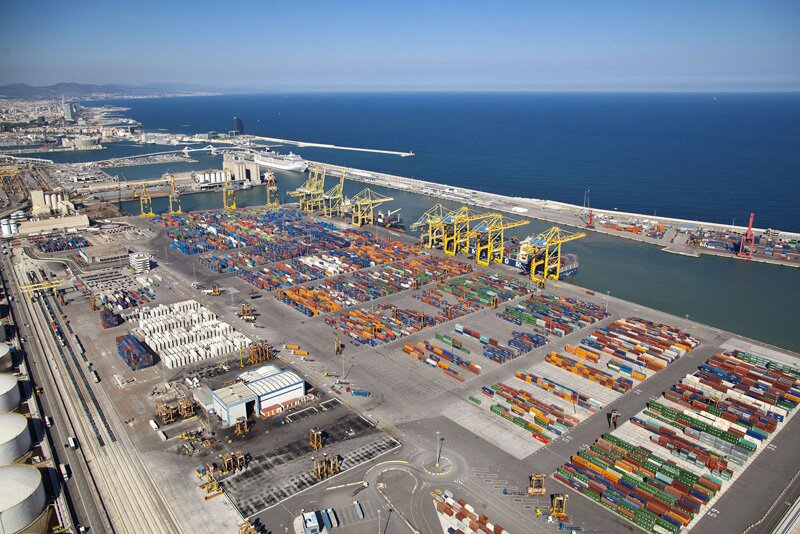The container shipping industry’s fifth-largest carrier, Hapag-Lloyd, called its first half of the year results “in line with expectations,” but with declines in profits and a forecast of volatility, it took some of the “wind out of the sails” of the industry following Maersk’s positive earnings report a week ago. The German carrier talked of cost savings efforts and the potential for declining volumes, seeing its share price decline as much as nine percent, and others, including Maersk, down smaller amounts.
Hapag pointed to “The frequent changes in trade policies of the U.S., in particular, led to volatile demand and freight rates.” In addition, it said “congested seaports and the tense security situation in the Red Sea impacted operations.”
The result was a decline in all the company’s earnings metrics and profits. Net income for the first half of 2025 was down by three percent. It reported Group profit of $775 million and EBIT of $677 million. Margins were down three percentage points.
CEO Rolf Habben Jansen, however, pointed out, “In a volatile market, we significantly increased our transport volumes.” Container volumes were up 11 percent to 6.7 million TEU, mostly from East-West trades and driving a strong increase in shipping revenues to $10.4 billion. However, the company also noted that freight rates were similar to the prior year, while costs have increased. It said the start-up costs for the transition to the Gemini Cooperation with Maersk had cost in the range of $3 million, while it also experienced the impact of general inflation and congestion, which hit ports in Europe and Asia.
It pointed to the strong start for the Gemini Cooperation, which Jansen said was “setting new standards in our industry in terms of schedule reliability.” He also said they were making good progress with the expansion of the company’s new terminals division.
Whereas Maersk had raised its full-year earnings guidance, Hapag-Lloyd said it “refined its earnings forecast” for 2025. The company narrowed the range, including a small increase at the low end to $250 million EBIT, while also lowering the high end from $1.5 billion to $1.25 billion.
“We will do everything in our power to help our customers navigate this volatile market environment, and we hope that more new trade agreements will make their supply chains more predictable,” said Rolf Habben Jansen.





